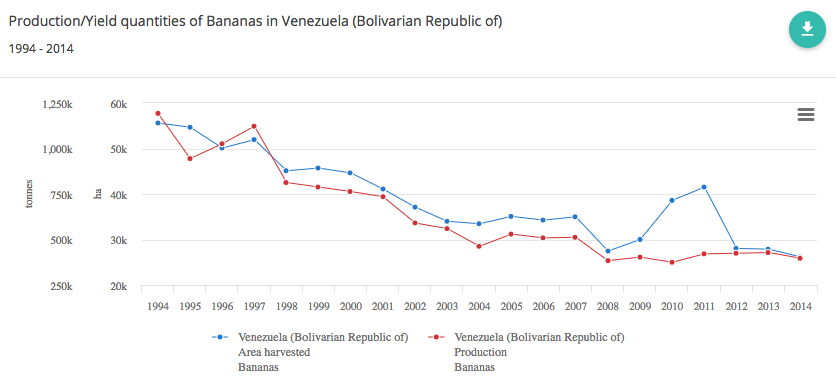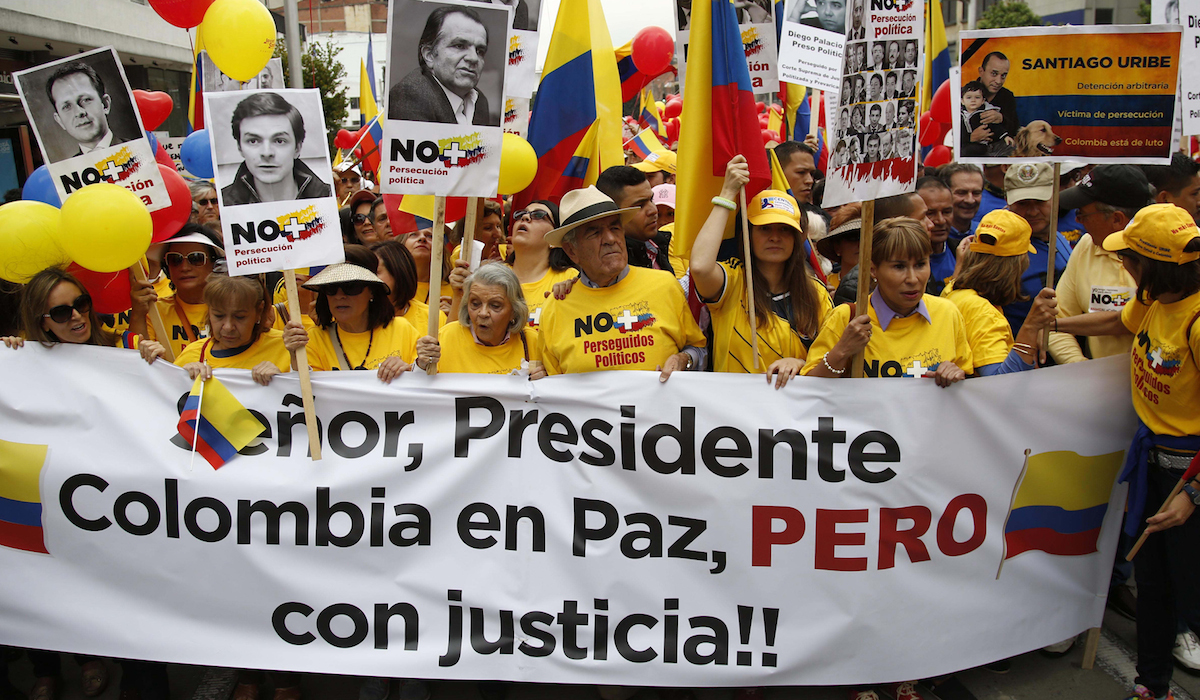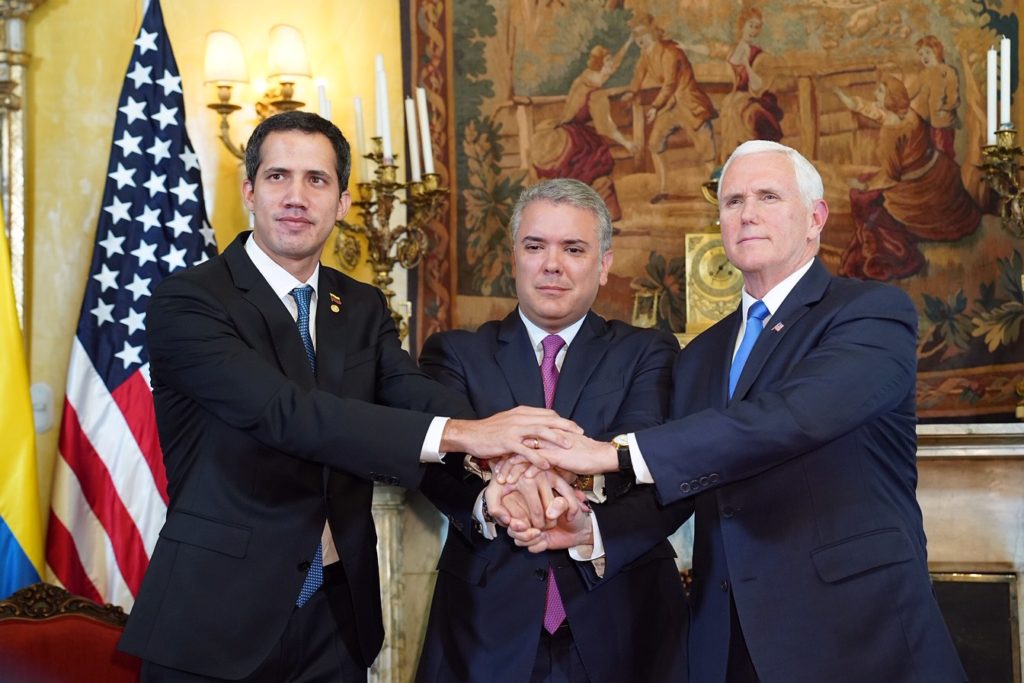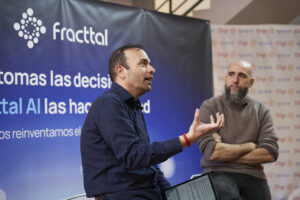Editor’s Note: This is the third article of a three-part series about the challenges facing the Colombian Economy, authored by Michael Puscar. You can read the first and second articles by clicking their respective links. Puscar is a lifelong entrepreneur and the founder of GITP Ventures, an early stage investment group based in Medellin, Colombia.
A roadmap to economic recovery in Colombia
Despite the problems that face the Colombian economy, there is still plenty of time for the country to confront and overcome them. In this final article, I attempt to articulate solutions that can be implemented immediately to revive the economy and create a new middle class that will power a recovery for decades to come.
Create More Liquidity for the Middle and Lower Class
Colombia, like most of Latin America, is a nation where there is great inequity between the wealthy class and the lower class, and without viable means for lower class citizens to escape from poverty. According to the United States Development Agency (USAID), only 0.4% of the population owns 62% of the country’s land. That alone is a recipe for disaster.
These same issues plagued Colombia’s neighbor, Venezuela. Socialists tried to solve the problem by seizing and redistributing land. The result was an economic disaster, one in which investment in the country ceased and the new, uneducated landowners were often granted their land through political relationships and had no incentive to properly manage it. As a result, the production of most agriculture consumables, not to mention petroleum and industrial products, has fallen sharply over the past decade. The following chart, courtesy of FAO, shows the decline of banana production in Venezuela as one example.

The problem is indeed one that the government can solve, not by overtly redistributing wealth, but by creating a more level playing field for Colombians and eliminating barriers that crony capitalists in Colombia’s wealthy class have created to enrich themselves at the expense of the country’s poor.
As of August 2017, the lending rate at Colombia’s Central Bank is 5.5%, while the country’s inflation rate remains low at 3.4%. However, due to monopolies and collusion in Colombia’s banking sector, lending rates range between 18% and 25% annually. Quite simply, the Colombian wealthy class can increase their wealth simply through their control of the country’s land and through interest on deposits in banks. Meanwhile, most Colombians do not have access to loans to create small businesses or buy homes, and those that can indeed acquire loans must pay an interest rate that is often 20 points higher than the rate of inflation.
In order to solve this problem, the Colombian government needs to expand usury laws to prevent banks from lending at rates more than 4 or 5 points higher than the rate set by the country’s central bank. It also needs to pass laws that lowers barriers to obtain loans in the country and to eliminate predatory lending practices. These simple measures will facilitate more access to the funding that the lower and middle classes desperately need in order to create their own businesses, thereby creating more jobs and spurring more domestic spending. The results would be seen immediately.
Eliminate Taxes on the Lower Class
As mentioned in our previous article, in January 2017 the Colombian government raised the IVA (national sales tax) on goods and services from 16% to 19%. The IVA applies to nearly all products and services in Colombia, and by definition disproportionately effects the lower class, who have less income to spend on necessities.
According to Numbeo, Colombia’s average wage is a lowly $344.32 per month. That salary is barely enough to survive, but is in fact 19% lower if all goods and services are being taxed at 19%.
The Colombian government can immediately remedy this problem by eliminating the IVA on basic goods and services, starting with milk, bread, rice, beans, cereal, water, transportation, electricity, Internet and all services. The IVA can remain but should be lowered for everything else, though some presidential candidates, such as Libertarian Juan de Zubiría, have proposed the elimination of the IVA altogether.
Diversify the Economy from Commodities and Embrace Services Sectors
The albatross that burdens Colombia’s economy is its reliance on commodities for revenue. While commodities like petroleum create massive amounts of revenue when prices are high, as seen in the past three years, it leaves the country very vulnerable when prices are low.
The country has tried to invest in other sectors. Medellín’s Ruta-N, a public-private joint venture in Colombia’s second largest city, has done an admirable job in attracting foreign entrepreneurs and investors to the city. They have also facilitated government grants that have spurred research in the sciences, technology, female entrepreneurship and socially conscious ventures.
However the creation of a hi-tech economy takes time, enormous resources, and a great deal of patience. Even in the United States, technology-related jobs represent less than 5% of the overall workforce.
Instead, Colombia should focus upon its strengths and invest in the creation of a service economy. Neighboring Panamá has had a great deal of success with financial services. Colombia, for its part, is a beautiful country that could become a top tourist destination, creating tens of thousands of new jobs in the hospitality sector. With a large workforce and one of Latin America’s lowest costs of living, it should also endeavor to become Latin America’s premier destination for outsourced services and call centers.
Most of these initiatives should be conducted in Colombia’s small towns. At present, most jobs and educational opportunities are found only in Colombia’s largest cities. This has facilitated a mass migration from the countryside, leaving countryside towns even further isolated and leaving cities with problems related to crime, pollution, and traffic congestion.
While these sectors are not as sexy as the technology sector, they would provide more immediate results and an important insulation against the highs and lows of commodity prices.
Create an Inheritance Tax
One key problem in Colombia is, as noted, that the wealthy own most of the country’s resources and property, and that they hand most of their wealth to their children. This wealth transfer from parents to children has persisted in Colombia for generations, creating an oligarchy disguised as family investment offices. These wealthy families not only hold nearly all of the country’s assets, they also represent most of the country’s politicians.
As we have seen in Venezuela, seizing wealth and property in the country would be disastrous. However there is no reason that this wealth should be passed to siblings and children after the asset holder dies. A heavy inheritance tax on assets would solve this problem. While most wealthy Colombians maintain a great deal of their wealth outside the country, this would at least resolve inequity in land ownership.
Fix the Country’s Broken Education System
Without a doubt, Colombia’s education system is broken and epitomizes the inequality that exists between the classes. Reforming the country’s education system must become the first priority if the country is to develop a viable middle class and more equality. Colombian school hours are lower than most countries in North America and Europe, starting at 7:30am and ending at 1pm, and the quality of education, and teachers, is abysmal. According to the OECD, 58% of Colombians between the ages of 25 and 64 did not finish high school.
To solve the problem, I suggest privatization of the education system. All schools should be for-profit and private, and each child born to parents with a combined income of less than 6 million Colombian pesos (US $2000) per month be provided a school voucher that will allow their parents to choose their own private school. In using vouchers and private schooling, schools with poor quality education will be eliminated through competition, and even students in the poorest areas of the country would, through vouchers, have access to the best education.
Reform Labor Laws to Encourage Hiring
Former Colombian President Álvaro Uribe reformed labor laws during his time in office, creating a socialist system intended to protect the worker, but one that in reality discourages growth and hiring. After a two month probation period, it is difficult to fire staff, even for poor performance, without paying indemnification penalties. Companies are also required to mandatory severance to employees, what is called cesentías, upon any employee’s departure, an amount that grows depending upon the employee’s years of service.
In order to encourage growth and lower unemployment, Colombia should fix these broken labor laws. Colombia needs to implement at-will employment, such that employers can freely fire non-performing employees without penalties. The concept of cesentías should also be eliminated and replaced with a fairer system of severance. And the interest rate on cesentías, currently 12%, needs to more accurately reflect the current savings rate. A rate two points above the central bank’s lending rate would be sufficient.
By eliminating these barriers to hire employees, Colombian businesses will hire more and create a more expansive job market.
Eliminate Corruption by Cutting Government Spending
Claudia López, the Green Alliance candidate for Colombia’s 2018 presidency, has recently taken the lead in presidential polling due to her strong stance against government corruption. Her plan, called the Consulta Popular Anticorrupción, is a good first step toward creating more transparency in government spending and grants.
However adding more government to oversee and combat a problem which was essentially created by having too much government, is itself a paradox. Further, under current Colombian President Juan Manuel Santos, Colombia’s external debt and budget deficit has spiraled out of control, now reportedly standing at 40% of GDP, according to online Colombian news source Colombia Reports.
Colombia should create new laws that mandate strict spending limits, limits that make spending commensurate with revenue. The country also needs to continue to address and eliminate guerrilla and terrorist groups whom exert influence over a great deal of the country’s rural population. At present, most of Colombia’s population lives in a small belt in the Medellín-Bogotá corridor and on the country’s Atlantic coast. That leaves a large swath of the country’s land that could be industrialized and put to use in various economic sectors.
Colombia’s guerrilla problem is directly related to poverty in those regions. Guerrilla groups will quickly lose control of those remote areas if the country invests in better education and creates more jobs.
Michael Puscar is an entrepreneur, investor and philanthropist based in Medellin, Colombia and the founder of GITP Ventures. He has written extensively about Colombian politics, the economy and technology and is a guest contributor to Colombia Focus.







